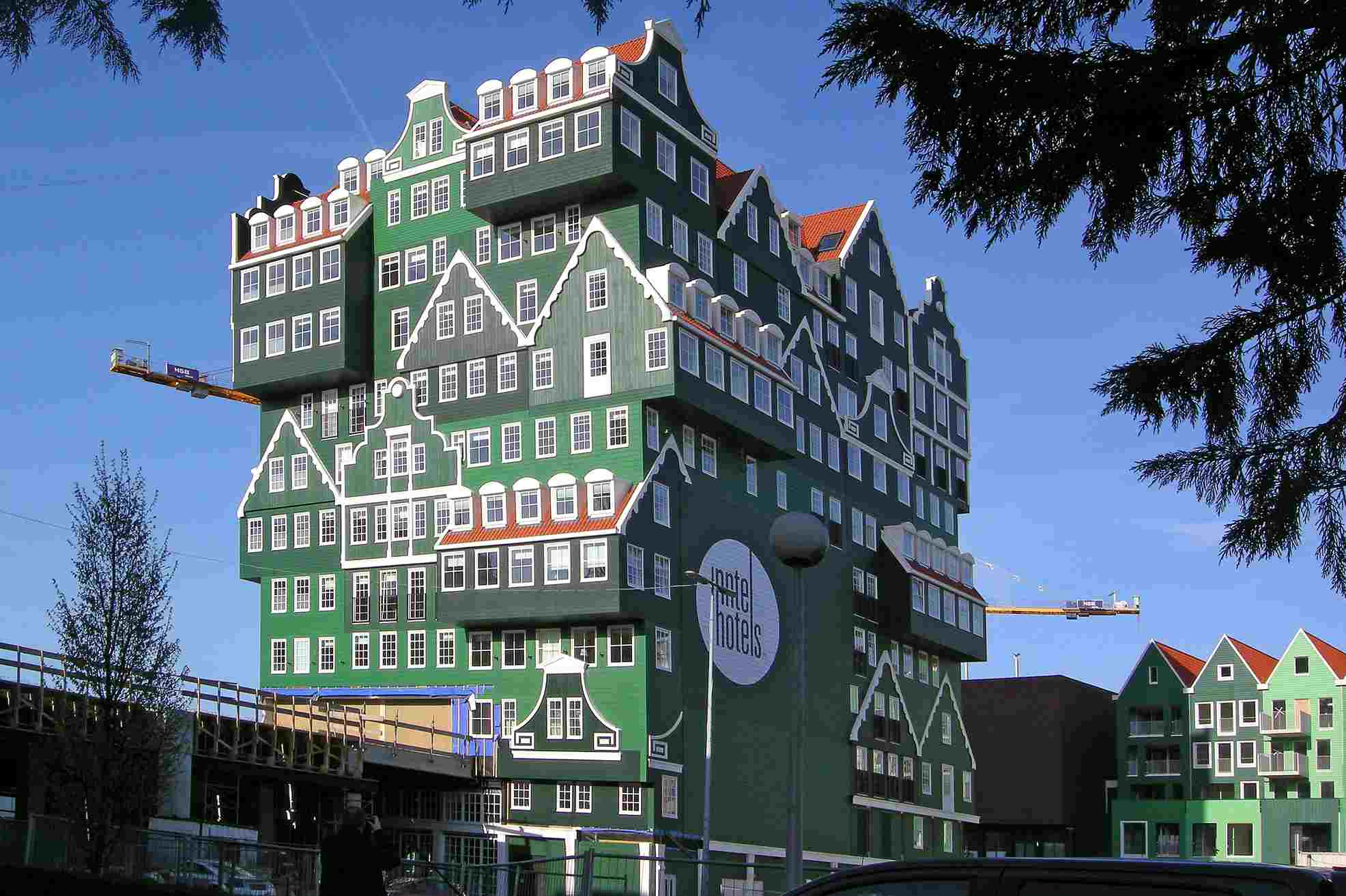All famous architects (with only one exception that I know of) have a “style” that they are known for. They are hired for that style, and apply it to whatever architectural problem is at hand. This is exactly backward in my opinion.
Architects are creative problem solvers. If the architect knows what the building will look like before they even know what the problem to be solved is, then the solution is not really tailored to the job.
Architects analyze the needs of the building users, and figure out the best way to enhance human interactions and experiences. This can only come from careful study and understanding of the site, the users, the context, and the program. That process will ultimately lead to a form and a “style” that reflects a particular project. If the architect started the project knowing the look of the building, then the process above has been short-circuited.
It is important for an architect to have principals that are applied across projects. How does light enter the spaces? How does the building work with the site to mitigate climate loads? How does the building meet the ground, how does it meet the sky? But principals are different from style in that principals have a deep impact on the lives of the buildings users, and can take many forms and still fulfill their jobs.
Why is “style” in quotes? Because style is not important. It’s a look, a set of shapes and details. It may be derived from substantive criteria, but often is not. Proportion, scale, rhythm, orientation, sustainability, and materials are all important. Style, because it is easy to identify, is often considered a primary quality (ask any neighborhood design review committee), when in fact it is one of the least important aspects.
When evaluating an architects work, see how they responded to the clients needs. If an architect has designed a day-care center and a holocaust museum that look almost identical (this has happened), then you know they are not really interested in the particulars of a project.


